India: National speed breeding crop facility inaugurated
Union Minister of Science & Technology, Dr. Jitendra Singh today inaugurated the first-of- its-kind “National Speed Breeding Crop Facility” at the premier National Agri-Food Biotechnology Institute (NABI) in Mohali.
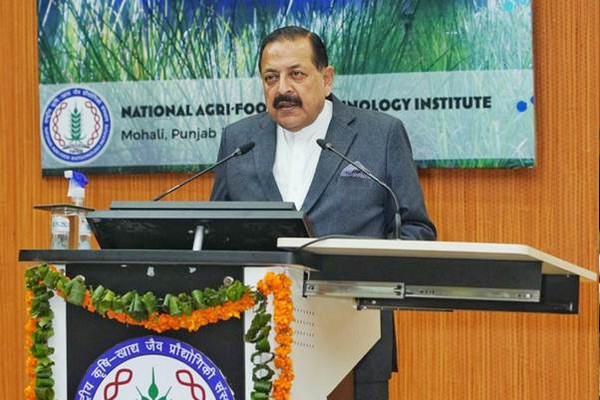
Speaking on the occasion as chief guest, Dr. Jitendra Singh said, “this initiative is in line with Prime Minister Narendra Modi’s priority of doubling the farmer`s Income, ensuring their economic empowerment and promoting Agri-StartUps”. He said, farmers will now have the opportunity to improve their crop qualitatively as well as quantitatively.
Dr. Jitendra Singh said, “Biotechnology speedy seeds facility will cater to all the States of India, but it will especially be useful for the North Indian States like Punjab, Himachal Pradesh, Haryana and the UT of J&K. Adding further, he said, “this facility will augment transformational changes in crop improvement programs by accelerating the development of advanced crop varieties that could sustain climate change and contribute to the food and nutritional demand of the population with implementation of speed breeding cropping methods.”
The Minister said, “DBT institute of NABI has developed technology of ‘Climate- resistant crops’, by harnessing these technologies the farmers will not be restrained to cultivate a crop in a particular season rather they will have the liberty to practise farming irrespective of climate conduciveness”.
Dr. Jitendra Singh, while highlighting the recent achievements of institutes under the Ministry of Science & Technology, said, “Our institutes have specialized technologies in fruit, flowers, and crop cultivation through modern genetic means.” He recalled the success of ‘Tulip’ Cultivation by CSIR Palampur, and he also recalled the development of ‘108-petal lotus’ by CSIR Lucknow, which won an award in the TV series KBC. He further emphasized that applying the latest technology in the farming sector will add to the country’s economic growth by supplementing modern Science and Technology tools to the traditional vocation of farming in India.
“Bio-manufacturing and Bio-foundry will drive India’s future bio-economy and promote Green Growth,” said Dr. Jitendra Singh. According to him, the Ministry is working with a synergy and integrative approach, keeping in view the emphasis of PM Modi on combining Science and Technology with traditional knowledge to supplement India’s economy.
Dr. Jitendra Singh also highlighted the fact that under PM Modi, “India’s bio-economy has grown 13 folds in the last 10 years from $10 billion in 2014 to over $130 billion in 2024”.
Addressing the inauguration, Dr. Jitendra Singh said, “In the 3rd consecutive term of Prime Minister Narendra Modi, India has been projected to emerge as the 3rd largest economy of the world and rise to be the largest in coming years. Contribution of the agriculture sector will therefore be crucial for the Indian economy”.
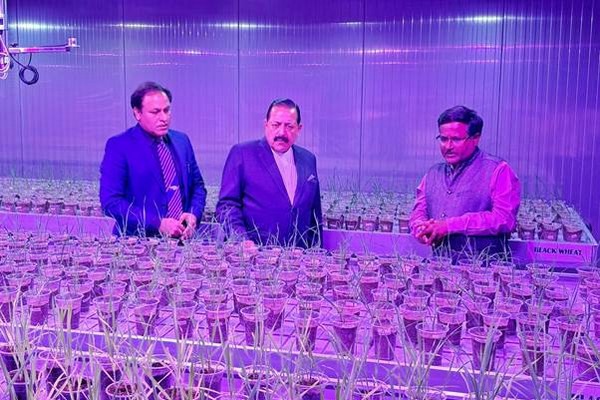
Dr. Jitendra Singh informed that the Modi Government is conscious of the importance of Bio-economy, and thus, the recent ‘Vote of Account-Budget’ had a provision for a special scheme for Bio-manufacturing.
According to Dr. Jitendra Singh, institutes like NABI will have an important role to enable the transformational progress and value addition in farming sector productivity.
The facility will directly help a) Scientists and Researchers from government institutions, private institutions, and leading industries in India engaged in agricultural and biotechnology research and development of improved crop varieties and products, b) Plant Breeders working for crop development, and c) Progressive farmers who are contributing to adoption of new varieties with superior yield and nutritional traits.
In his address, Prof. Ashwani Pareek, Executive Director, NABI, said the speed breeding crop facility will be used to develop new varieties such as wheat, rice, soybean, pea, tomato, etc., by using a precisely controlled environment (light, humidity, temperature) to achieve more than four generations of a crop per year.
The NABI institute has significantly contributed to ‘Atal Jai Anusandhan Biotech (UNaTI) Mission (Poshan Abhiyan) and Biotech Kisan Hubs for Jammu & Kashmir, Ladakh, Himachal Pradesh, Punjab, Haryana etc, he said.Publication date: Tue 12 Mar 2024


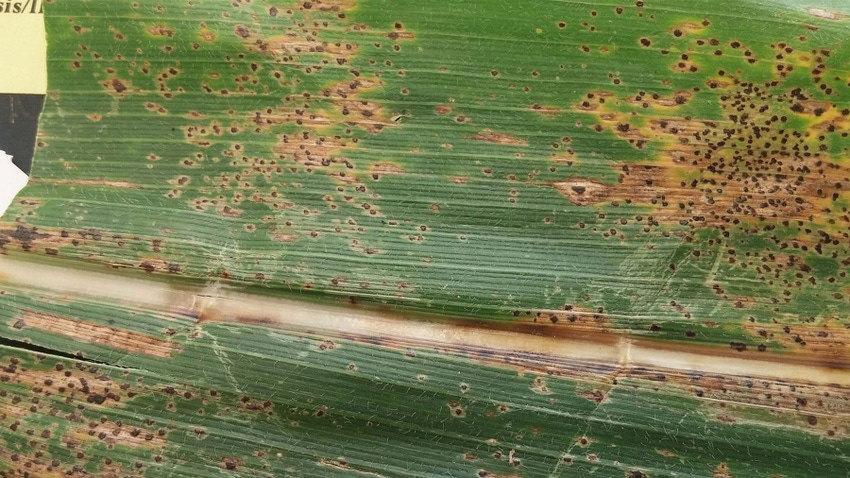
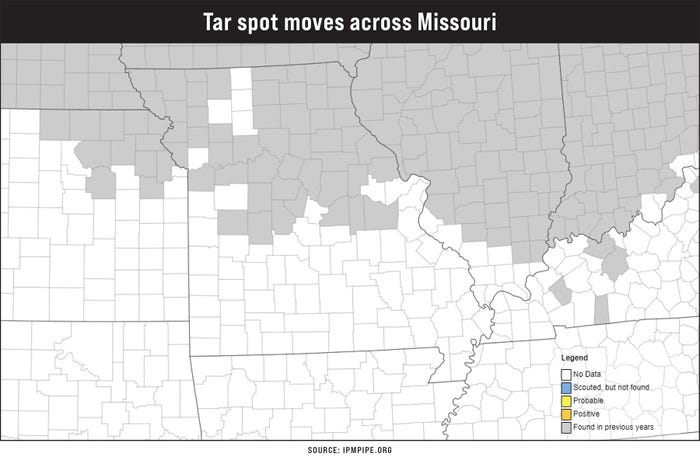





 ARS News Service
ARS News Service 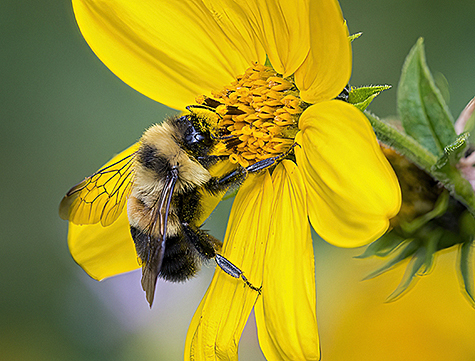 Rusty patched bumble bee (Bombus affinis). (Photo by Clay Bolt, D5119-1) Completing Genome of Rusty Patched Bumble Bee May Offer New Approach to Saving Endangered Bee For media inquiries contact:
Rusty patched bumble bee (Bombus affinis). (Photo by Clay Bolt, D5119-1) Completing Genome of Rusty Patched Bumble Bee May Offer New Approach to Saving Endangered Bee For media inquiries contact: 


